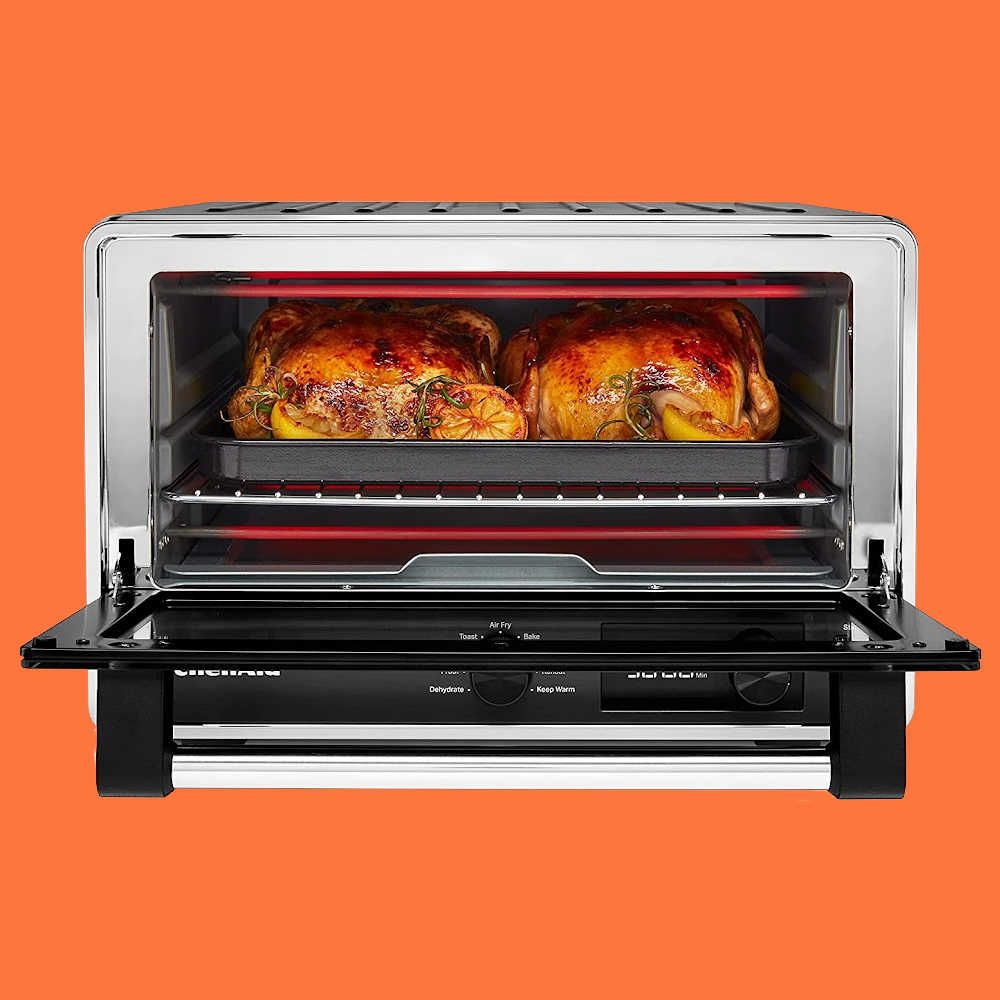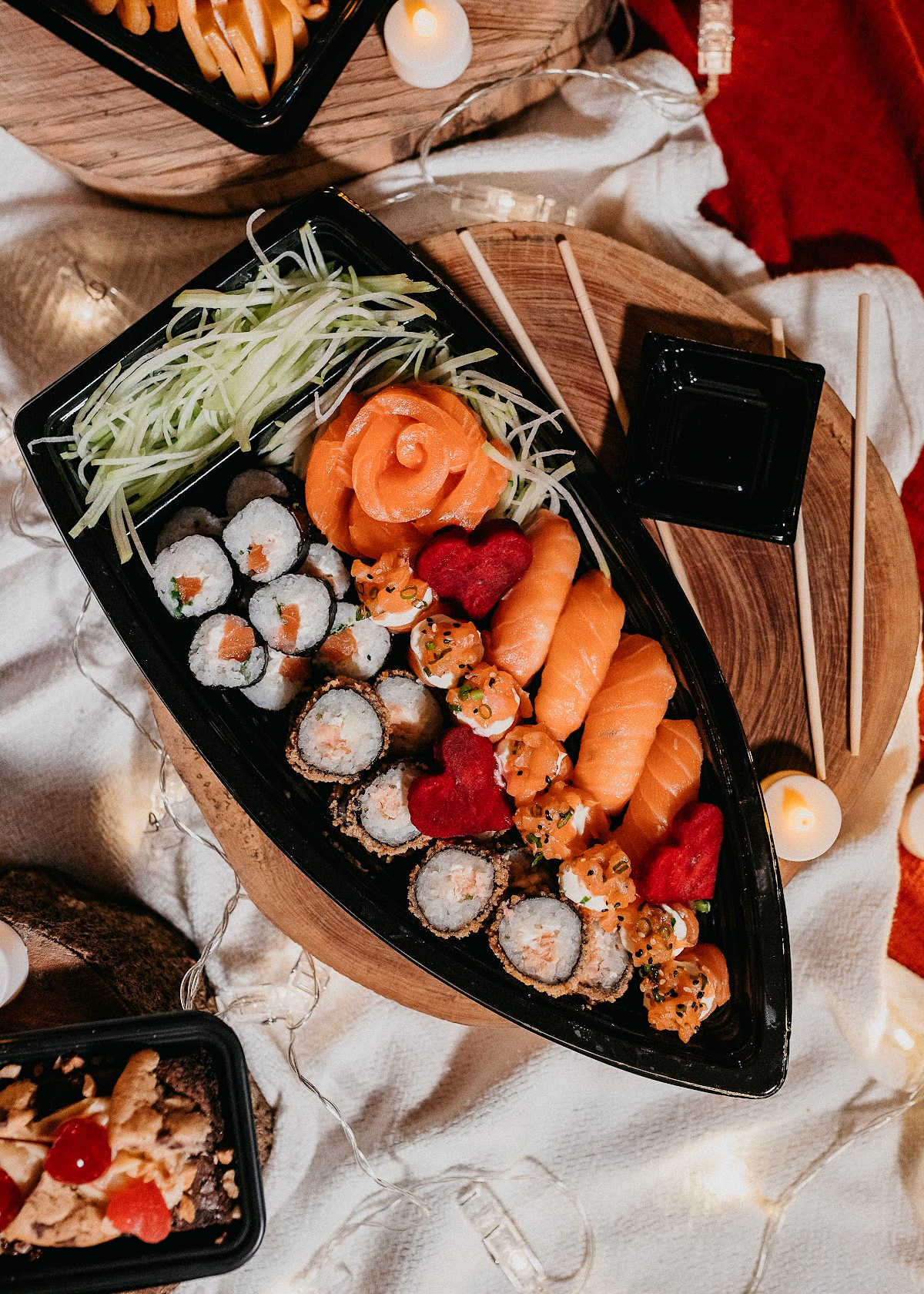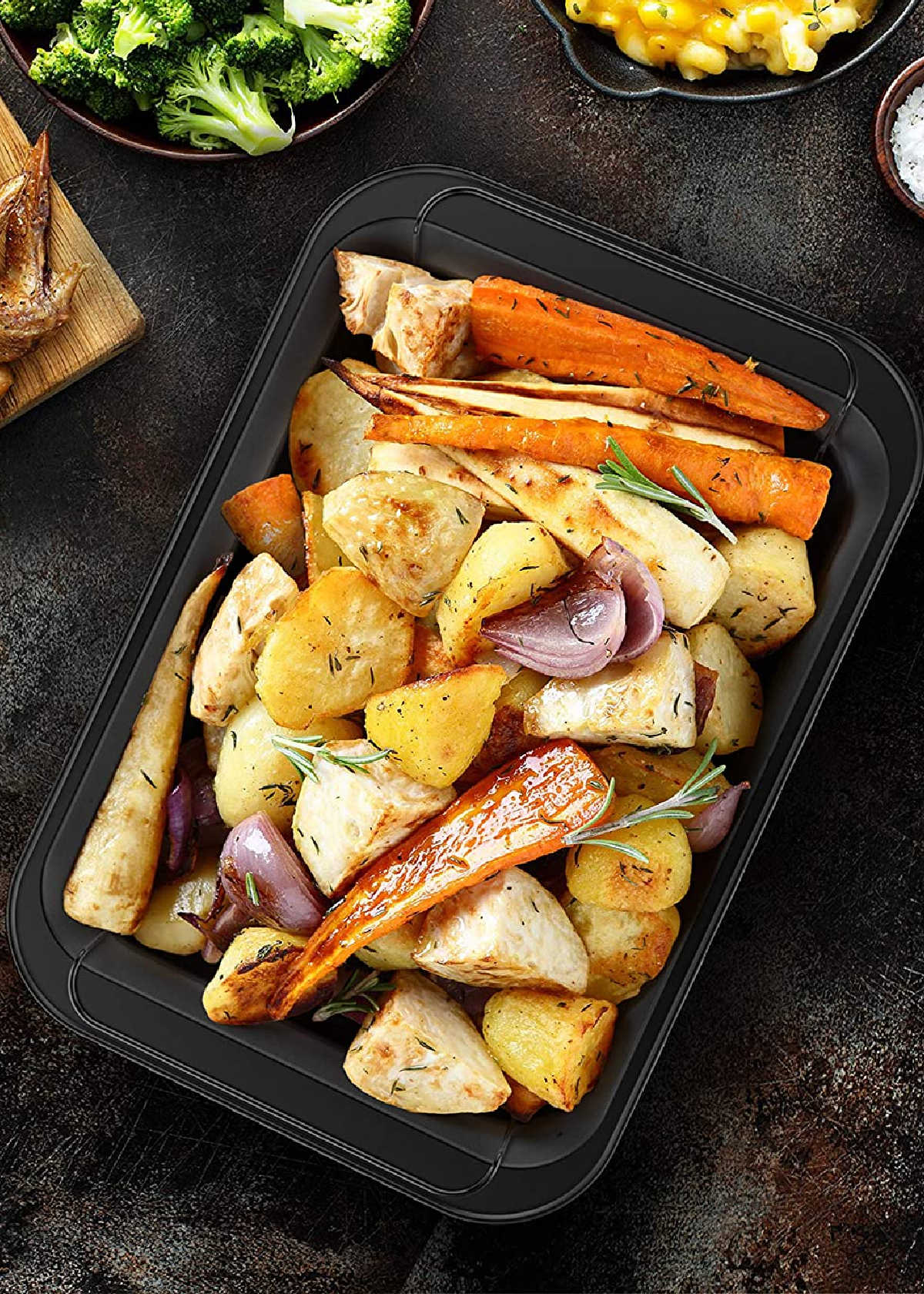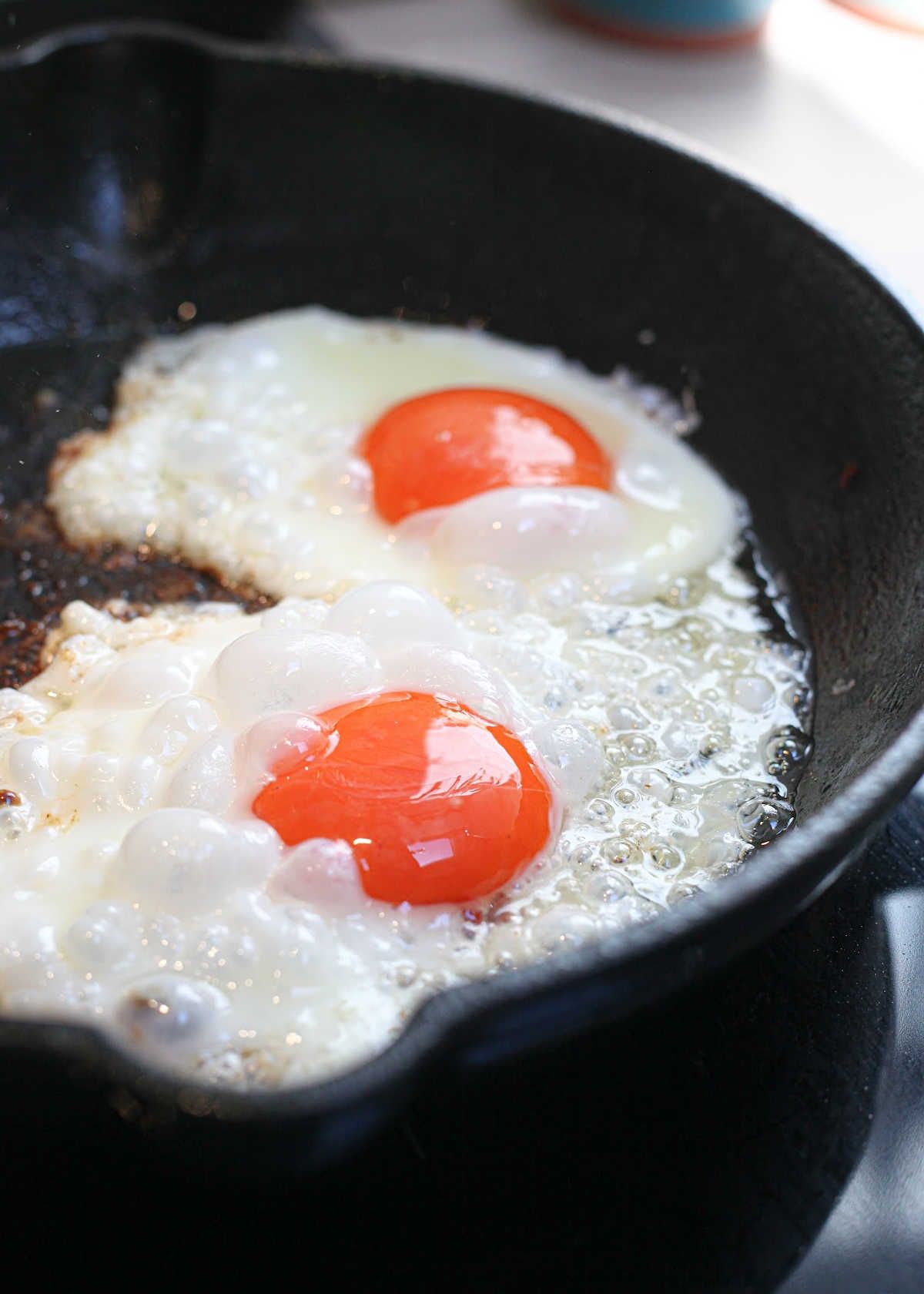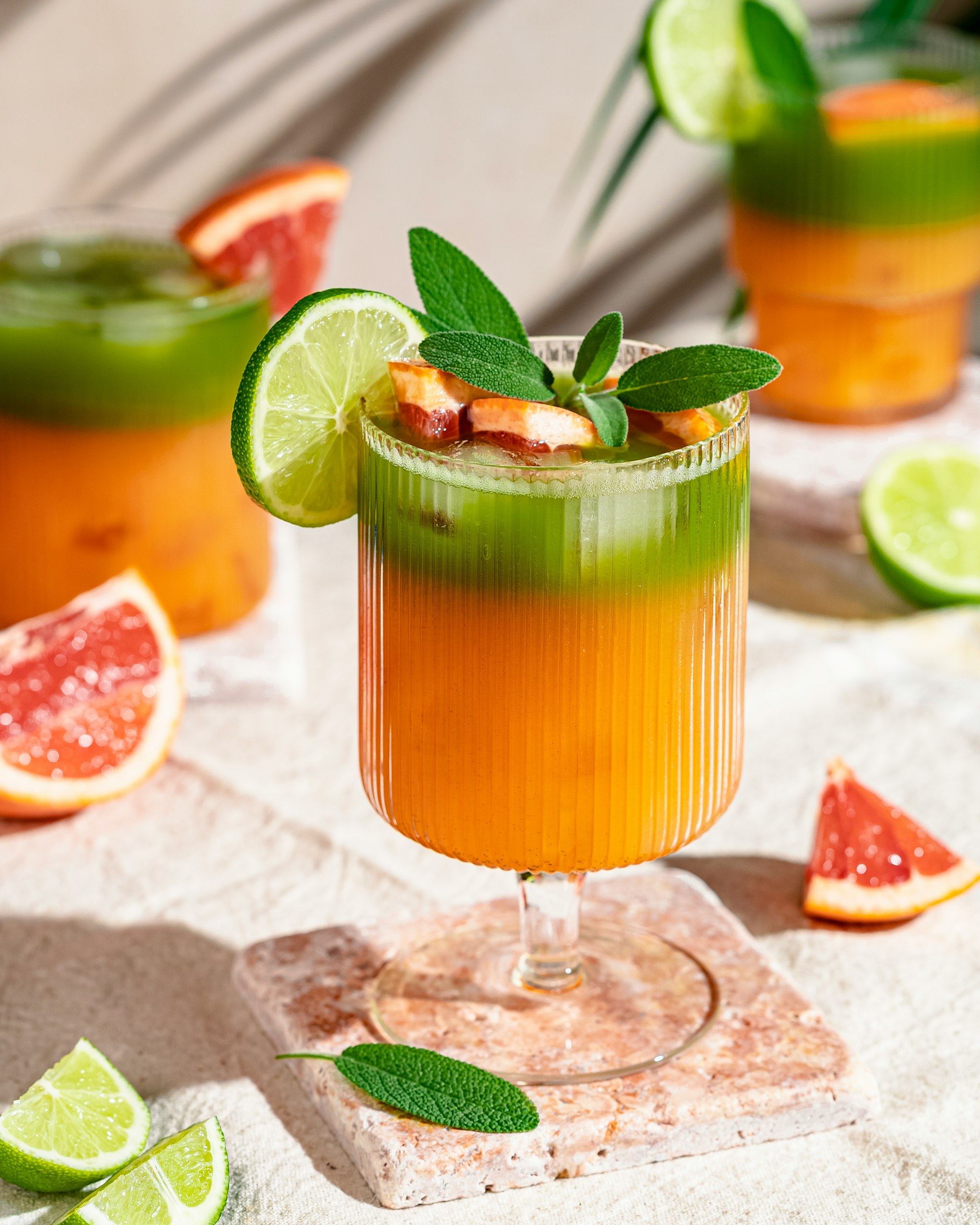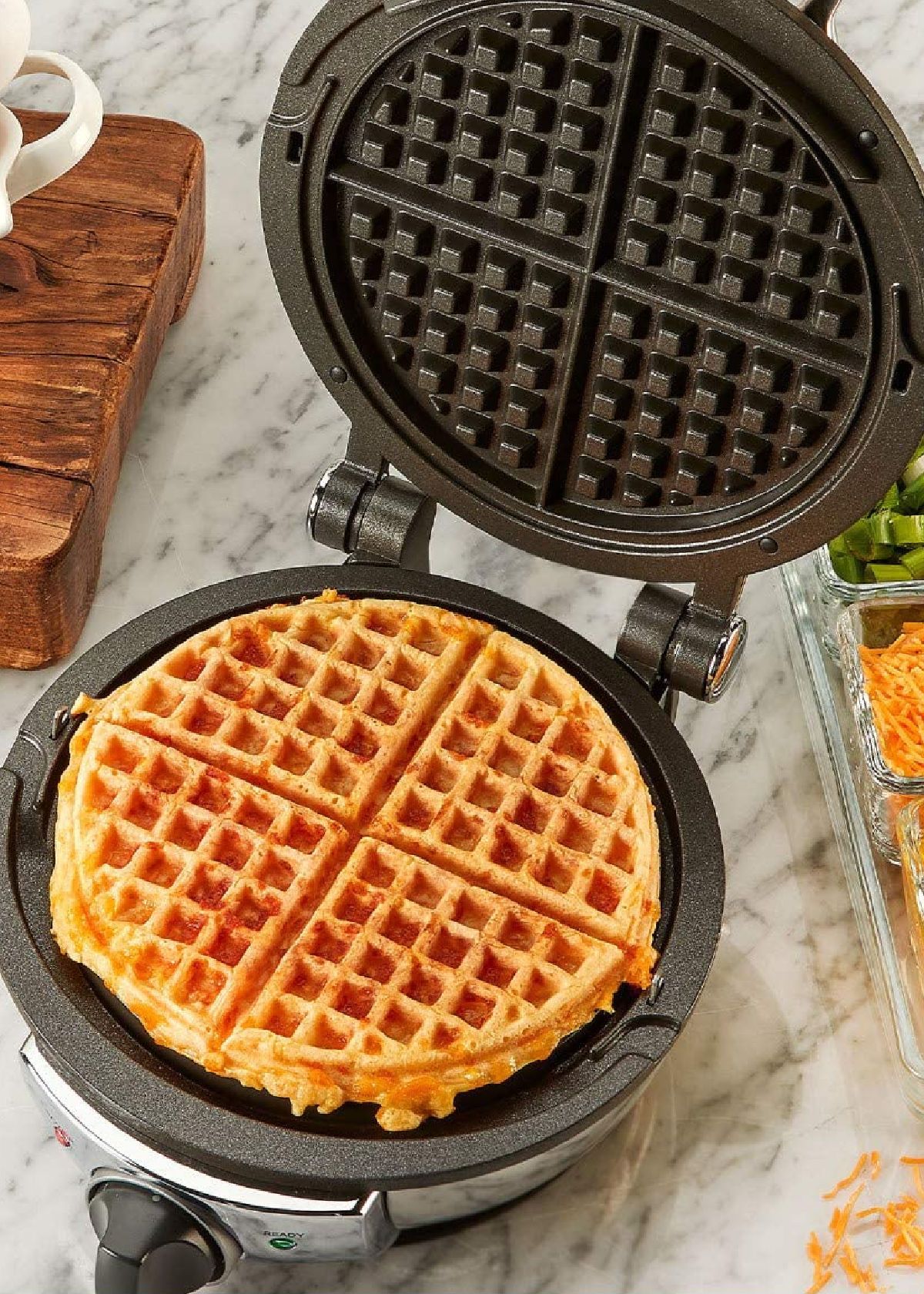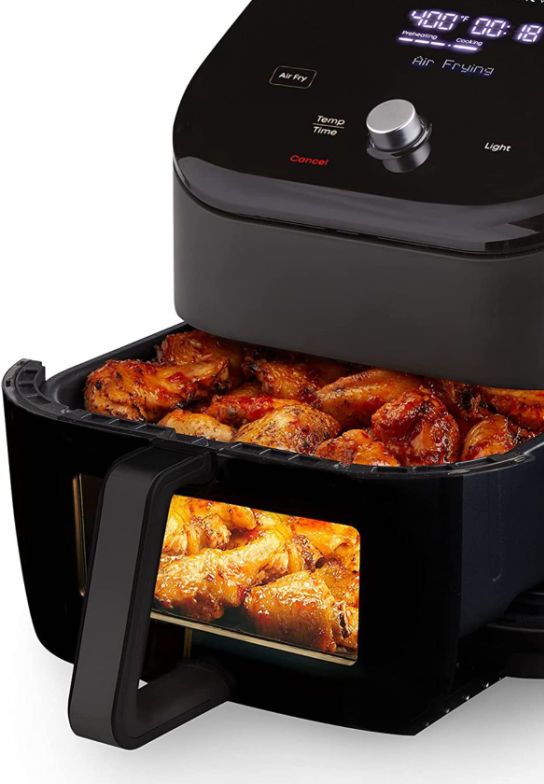Content Summary
Drinking wine is not just about pouring a wine glass and sipping it, but it's about treasuring its flavor, the wine-drinking experience, and drink wine like wine lovers do.
To fully appreciate wine, there are several aspects you should consider and practice the basics of selecting, preparing, serving, drinking, pairing wines, and generally, enhancing your wine experience.
With this comprehensive guide, you can confidently navigate the world of wine, drink wine properly and enjoy your favorite kinds to their fullest potential.


1. Selecting The Right Wine
The first step in drinking wine is choosing the right kind that suits your taste and preference.
It's essential to determine the occasion, the type of meal, and your personal preferences before picking a wine. Each wine comes with a unique flavor and character.
- For a dinner party: a full-bodied red wine like Cabernet Sauvignon or Merlot is an excellent choice.
- For a spicy meal: a medium-bodied red wine such as Pinot Noir can help balance out the flavors.
- For a summer brunch or a seafood meal, or a light and refreshing drink: try a white wine such as Chardonnay or Sauvignon Blanc.
- For desserts, you can choose from a range of sweet wines including Muscat, Sherry, and Port. You can also pick a sparkling wine if you are in the mood for bubbles.
You can also experiment with different types and brands of wine to discover your favorites.


2. Preparing Wine Properly
The Temperature
The temperature at which wine is served plays a crucial role in bringing out its flavors and aromas. A general rule of thumb is to serve red wine at room temperature between 55-65°F, while white wine should be served chilled at about 45-55°F. For sparkling wine, it's best to serve chilled at around 40°F.
Cooling in the wine fridge at the correct temperature is essential for getting the best flavor possible.
The Glassware
The type of glassware used for serving wine is also essential. To drink red wine is best enjoyed in large, wide-bowled glasses that allow the wine to breathe and release its aroma. White wine is typically served in smaller glasses with a narrower bowl.
It's also essential to decant the wine for a better taste experience. Decanting separates the sediment and allows the wine to breathe, improving the flavors.
We have written detailed blog posts to explain the difference in serving temperatures between white wines and red wines, so you can check out further on.

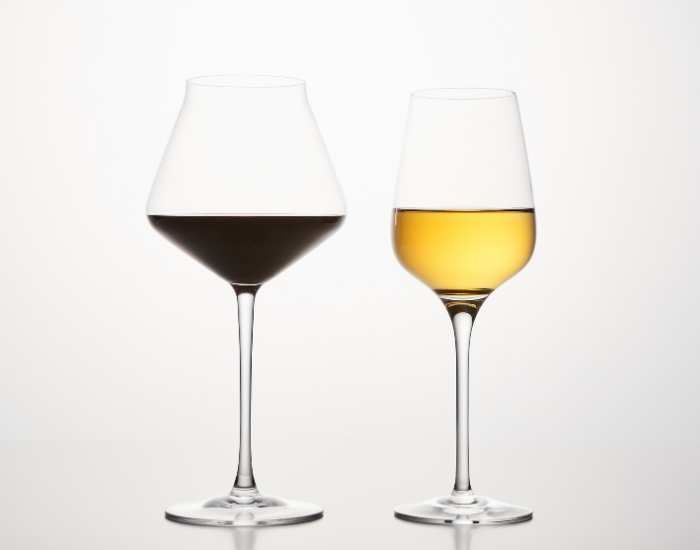
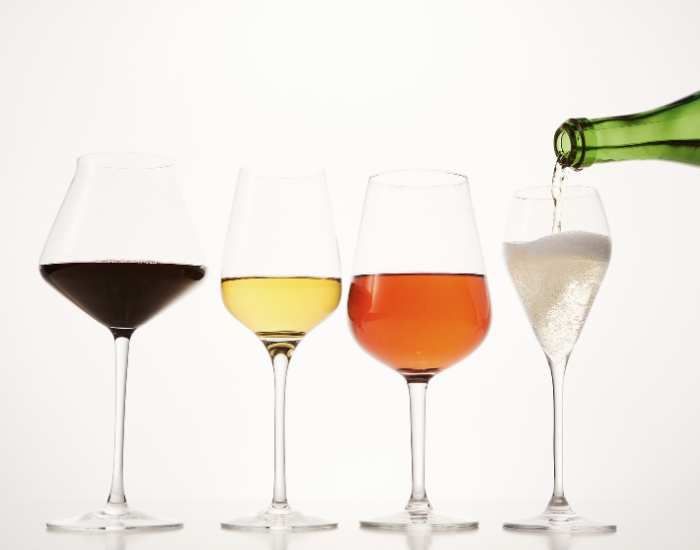
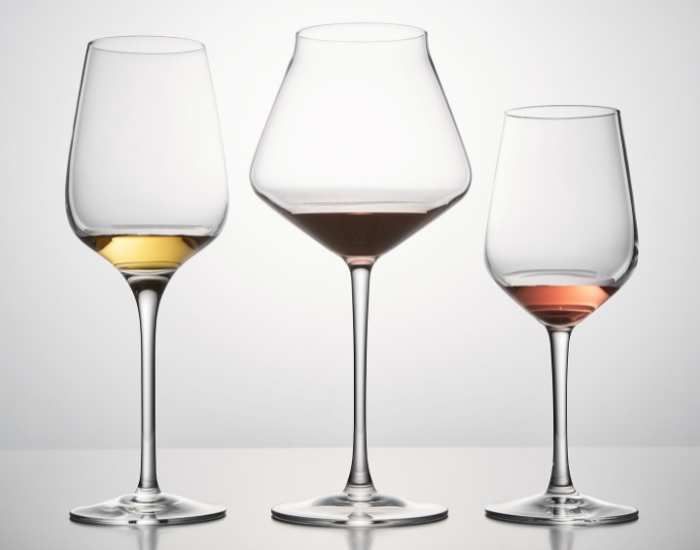
3. Opening The Wine Bottle
The process of opening a wine bottle can seem intimidating, but with the right tools and techniques, it's relatively straightforward. The key is to remember that since you do not want to damage the cork, you should open the bottle as smoothly and carefully as possible.
Here are the basic steps:
- Start by cutting off the foil around the neck of the bottle with a knife or scissors.
- Hold the wine bottle in one hand and place your thumb on top of the cork.
- Place the corkscrew at a 45° angle, about an inch from the lip of the bottle, and twist it gently until its center prongs penetrate through the cork.
- Once the cork is pierced, slowly twist the corkscrew until it's down into the bottle.
- Gently pull out the cork from the bottle and pour the wine in the right wine glasses.




4. Serving Wine Properly
The way wine is served can affect its taste and aroma, so it's crucial to understand the basic techniques of wine serving.
- When pouring and serving the wine, be sure to hold the bottle by its base. This will allow you to pour without spilling any of the drink. It also allows guests to see the label and vintage year of the wine.
- Pour only a small amount (about 2 oz) at first - enough for 2 sips - and let your guests sip it before refilling their glasses. Avoid touching the rim of the glass as this can lead to the transfer of saliva which alters the flavor of the wine
- Ensure to swirl and sniff the wine before drinking. Swirling aerates its breathing, releasing its aromas for a tasting experience.
- The final step is to savor the flavor of the wine by taking small sips, allowing the liquid to coat your palate.




5. Drinking Wine
Drinking wine is all about savoring the flavors and aroma.
- When drinking white wine, hold the glass by the stem to prevent your hand from warming the wine.
- When drinking red wine, hold the glass by the base to warm it slightly and enhance the aromas.
- Take a small sip and let the wine coat your mouth before swallowing (or, at a wine tasting event) spitting it out.
- Taking your time and enjoying the wine is key to getting the most out of your drinking experience.
More details can be found in the Wikihow article: How To Drink Wine
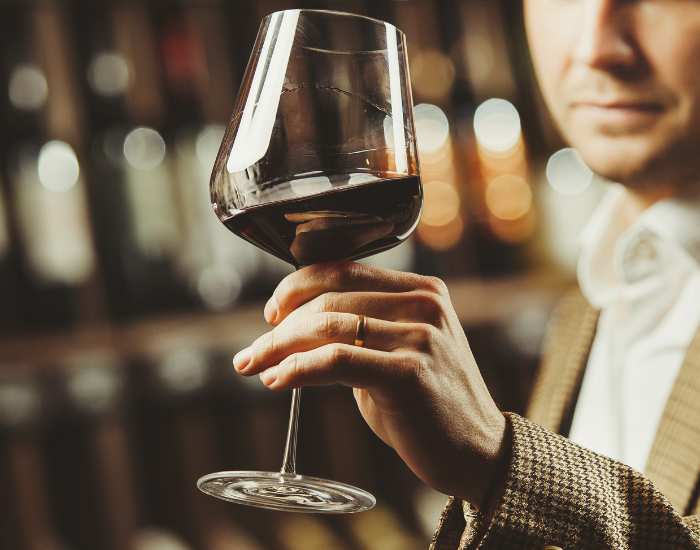
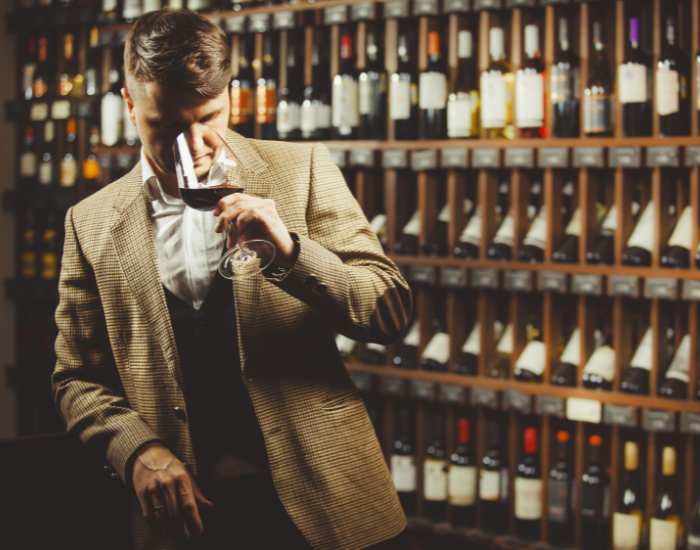


6. Pairing Wine With Food
Pairing wine with food is an art, and there are a few general rules to follow. A good pairing can enhance the flavors of the wine and the food, while a wrong one can make both tastes dull.
There are several ways to pair wine with food:
Types Of Meals
Pairing wine with food is not just about the flavor, but it's also about the texture and consistency of the meal.
- Red wine goes well with red meat
- White wine pairs well with seafood and poultry.
- For a more complex dish, try a blend of red and white wine.
- Sweet wines go well with desserts.
- Sparkling wines are perfect for appetizers.
Food Regions
Another approach is to match the wine from the same region as the food.
- A Chianti goes well with Italian food.
- A Rioja pairs well with Spanish cuisine
- A Bordeaux is wonderful with French dishes.
Levels Of Flavors
The general rule of thumb is to match the intensity and richness of the wine with the same level of flavor in the meal.
- A full-bodied red wine, such as Cabernet Sauvignon goes well with rich dishes, like steak and roast beef.
- A light white wine, such as Pinot Grigio, pairs well with seafood, salads, and light dishes.
- A sparkling wine, like Champagne, is an ideal choice for celebratory events and pairs well with cheese, nuts, and appetizers.
Have fun and experiment with different wines and foods until you find the perfect pairing. Remember: listen to the experts' tips, but follow your own preference.



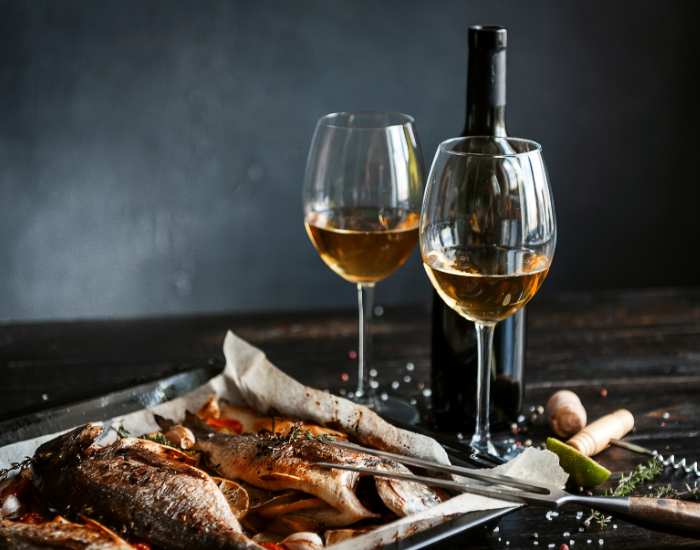
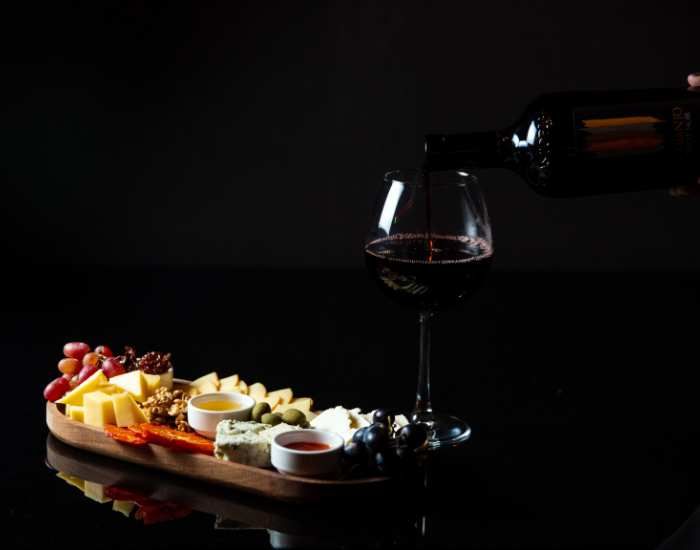
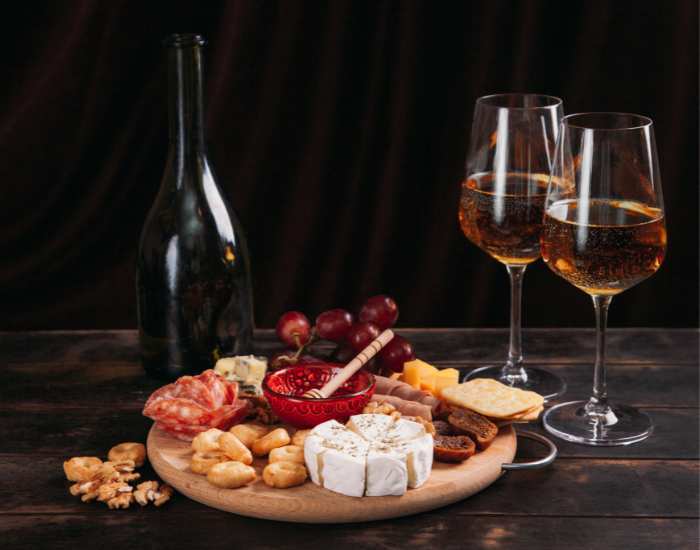



Storing wine correctly can affect its quality and taste. We've written articles about storing wines at home & controlling humidity in wine fridges so that your wines can be stored, aged, and served properly. Check them out!
Drinking Wines FAQs
What can I mix wine with?
Wine can be mixed with a variety of different ingredients to create delicious and unique drinks. Some popular combinations include white wine with orange juice, red wine with cola, or a mix of both.
When you mix rosé wine with 50/50 soda, you have a "spritzer". White wine with soda is a "gespritzter", and so on.
Other ingredients such as lemonade, cranberry juice, tonic water, and ginger ale are also popular. You can also experiment with different types of herbs and fruits to create an original drink.
Should I mix water with wine?
It is generally not recommended to mix water with wine, as it will dilute the taste and flavor of the wine. If you find that wine is too strong, try adding a bit of soda or tonic water instead. This will make it more palatable while still preserving the flavor of the wine.
Do you put ice in wine?
It is not recommended to add ice to wine, as it will dilute the flavor and diminish its aromas. If you find that the wine is too strong, try adding a small amount of soda or tonic water to make it more palatable.
What not to pair with wine?
Certain foods should not be paired with wine:
- These include overly spicy dishes, such as Thai food or Indian curries, which can overwhelm the taste of the wine.
- Strongly flavored cheeses, such as blue cheese, can also overpower the flavor of the wine.
- Foods that are high in acidity should be avoided as they can alter the taste of the wine. These include tomatoes, citrus fruits, and vinegar.
- Dishes that contain a lot of sugar should also be avoided since they can make the wine taste overly sweet.
- Japanese food, such as sushi and sashimi, is not ideal for pairing with wine since the delicate flavors of the food can be overshadowed by bold wine.
Do you let wine sit in your mouth?
It is important to allow a sip of wine to sit in your mouth for a few seconds. This helps you appreciate the flavors and aromas of the wine and can help you pick out any nuances or delicate notes.
Swirling the wine around in your mouth and taking a few small sips can also help you experience the full taste of the wine.
Is it better to chug or sip wine?
The best way to drink wine is to take small sips and savor the taste. Chugging or gulping down large amounts of wine will not only make you feel sick but prevent you from enjoying and appreciating the flavors of the wine.
Why do people drink water after wine?
Drinking water after a glass of wine can help cleanse the palate and flush out any remaining flavor. This will make it easier to switch between different wines during a tasting.
It is also important to stay hydrated when drinking alcohol as it helps minimize the effects of dehydration. Drinking a glass of water in between glasses of wine can help keep your body hydrated. It helps to break down and absorb the alcohol more efficiently.
Tips & Tricks
- Let your wine breathe before drinking by decanting or swirling it in a glass. This helps to release its aromas and flavors.
- When in doubt, choose a food that is light and mild to pair with your wine. This will help preserve the delicate flavors of the wine.
- If you're unsure about the flavor profile of a certain wine, ask your sommelier or server for more information. They can offer insight into the flavors and aromas of the wine.
- Always remember to drink responsibly and never consume more than you can handle. Enjoying wine should be a fun and positive experience!
Need a quality wine fridge? Check out our reviewed article on the best wine refrigerators! We have compiled a comprehensive list of the top-rated models to help you find the perfect one for your home.

Drinking wine is a beautiful experience, and we hope this guide has given you a better understanding and appreciation of it. So grab a glass of wine, cheers to good health, and savor every sip!
Catchy Finds




